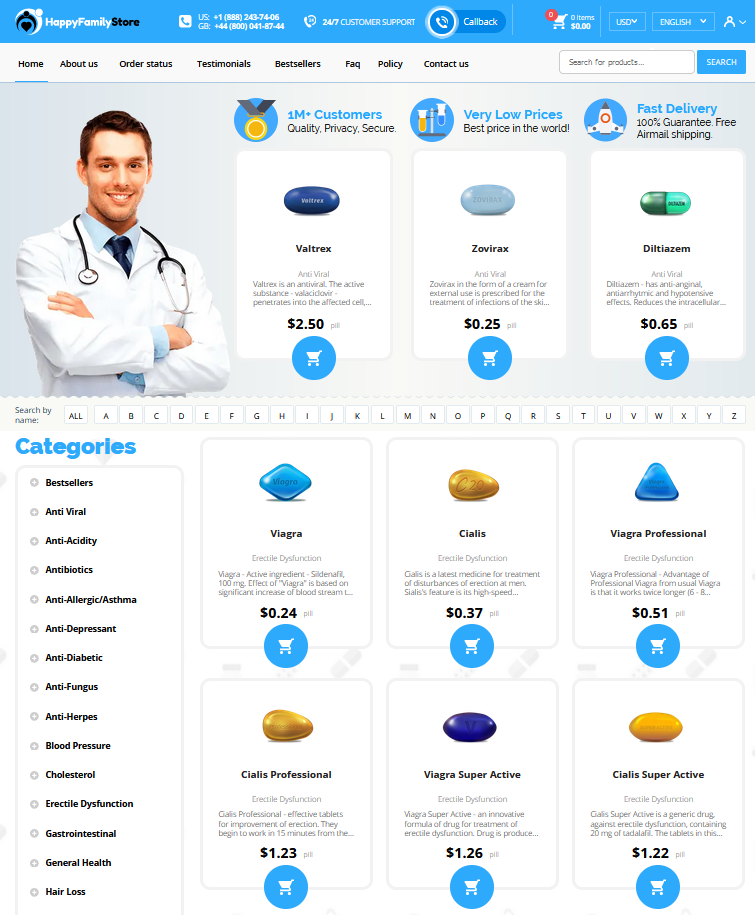Click HERE To Buy Finasteride Online ↓
 A Guide to Finasteride Dosages for Optimal Results
A Guide to Finasteride Dosages for Optimal Results
Understanding How Finasteride Works in the Body
Finasteride, a medication primarily used to treat hair loss, operates by inhibiting the enzyme 5-alpha-reductase. This enzyme is responsible for converting testosterone into dihydrotestosterone (DHT), a hormone linked to hair follicle miniaturization and eventual hair loss. By reducing DHT levels, finasteride helps to halt hair thinning and, in some cases, encourage regrowth.
This process unfolds at the microscopic level, where androgens interact with hair follicles. Reduced DHT leads to the stabilization of hair follicles, prolongation of the anagen phase (the active growth phase of hair), and prevention of further follicle shrinkage.
Below is a simplified table explaining the process:
```html
| Step | Function |
|---|---|
| 1 | Inhibition of 5-alpha-reductase |
| 2 | Decreased DHT production |
| 3 | Reduced follicle miniaturization |
Understanding these mechanisms is crucial for tailoring treatment to individual needs.
Factors Influencing the Ideal Finasteride Dosage

Understanding the ideal finasteride dosage is a nuanced process influenced by several key factors. Primarily, the severity of your hair loss plays a significant role. Individuals experiencing mild thinning may respond positively to lower doses, while more advanced stages of hair loss might require the standard prescription strength. Genetics also contribute significantly, as family history can dictate how aggressively hair loss develops and, consequently, the necessary finasteride dosage.
Age and overall health are additional considerations when determining the appropriate finasteride treatment plan. Younger individuals often experience faster hair loss progression, potentially necessitating a more proactive approach. Conversely, older adults might require adjusted dosages due to other existing health conditions or medications. Thus, a holistic assessment of your health status will help tailor the most effective finasteride regimen.
Lastly, personal tolerance and experience with the drug can steer dosage decisions. Some men may notice optimal results with the standard 1 mg daily dose, while others might find efficiency with slight adjustments. Being attuned to how your body reacts to finasteride is crucial, as it allows for modifications to reduce any undesirable effects while maximizing hair regrowth benefits. This personalized approach ensures that you achieve the best possible outcome from your finasteride treatment.
Standard Dosage Recommendations and Their Effects
Typically prescribed in a 1 mg daily dose for treating male pattern baldness, finasteride works by inhibiting the enzyme 5-alpha reductase. This process reduces the conversion of testosterone to dihydrotestosterone (DHT), a hormone linked to hair follicle shrinkage. Research indicates that a consistent daily dose can lead to a noticeable decrease in hair loss within three to six months for many users.
The standard dosage effectively maintains hair density and slows balding progression for most men. However, individual responses can vary, and results may plateau over time. Continuous use is essential, as discontinuing the medication will likely reverse the benefits and cause DHT levels to rise again, potentially resuming hair loss.
Customizing Dosages for Different Hair Loss Stages

Tailoring finasteride dosages to match different stages of hair loss can significantly influence treatment outcomes. In the early stages, when hair thinning is just becoming noticeable, a standard dose may suffice to halt the progression and stimulate regrowth. However, as hair loss progresses to more advanced stages, some patients might benefit from a slightly adjusted regimen, under a doctor's supervision, to maximize efficacy. This customized approach not only helps cater to individual responses and hair restoration goals but also ensures that potential side effects are managed effectively.
Engaging with a healthcare provider to adjust dosages allows for a more personalized treatment plan. They can evaluate factors such as hair loss severity, progression rate, and overall health to determine an optimal finasteride dosage. This collaborative effort ensures that the treatment is both safe and effective, enhancing the possibility of regaining fuller, healthier hair.
Potential Side Effects and Monitoring Your Response
While navigating the finasteride journey, it’s crucial to recognize potential side effects and actively monitor your response. Users may encounter changes, often mild, such as decreased libido or occasional dizziness. Each individual reacts distinctly, so observing your body’s signals is key. Establishing a dialogue with your healthcare provider can help distinguish between temporary and persistent side effects, guiding necessary adjustments.
| Side Effect | Frequency |
|---|---|
| Decreased Libido | Common |
| Dizziness | Occasional |
| Breast Tenderness | Rare |
A proactive approach involves keeping a symptom diary, which not only tracks changes but provides invaluable insights during consultations. By being vigilant and informed, you can ensure finasteride contributes positively towards your hair restoration goals without unnecessary setbacks.
How to Discuss Dosages with Your Healthcare Provider
Engaging in a conversation about finasteride dosages with your healthcare provider is crucial for tailoring a treatment plan that suits your unique needs. Begin by sharing your experiences with hair loss and any previous treatments you've tried. This sets the stage for an open dialogue about your expectations and concerns. Be prepared to discuss your medical history, as certain health conditions might influence the ideal dosage. Your provider will appreciate a proactive approach, so don't hesitate to ask questions about the benefits and potential risks of varying dosages. Emphasize your commitment to monitoring progress and managing side effects, which helps in fine-tuning the treatment.
Understanding your options empowers you to take an active role in your health. Request clarification on any medical terminology you find confusing, and note their recommended dosage adjustments. To ensure the conversation is as productive as possible, consider bringing a list of questions or concerns. Your healthcare provider is your partner in this journey, so a collaborative approach is essential. Finally, consistent follow-ups will enable any necessary tweaks to ensure optimal results while minimizing adverse effects.
Finasteride Efficacy Study Overview of Finasteride and Hair Loss